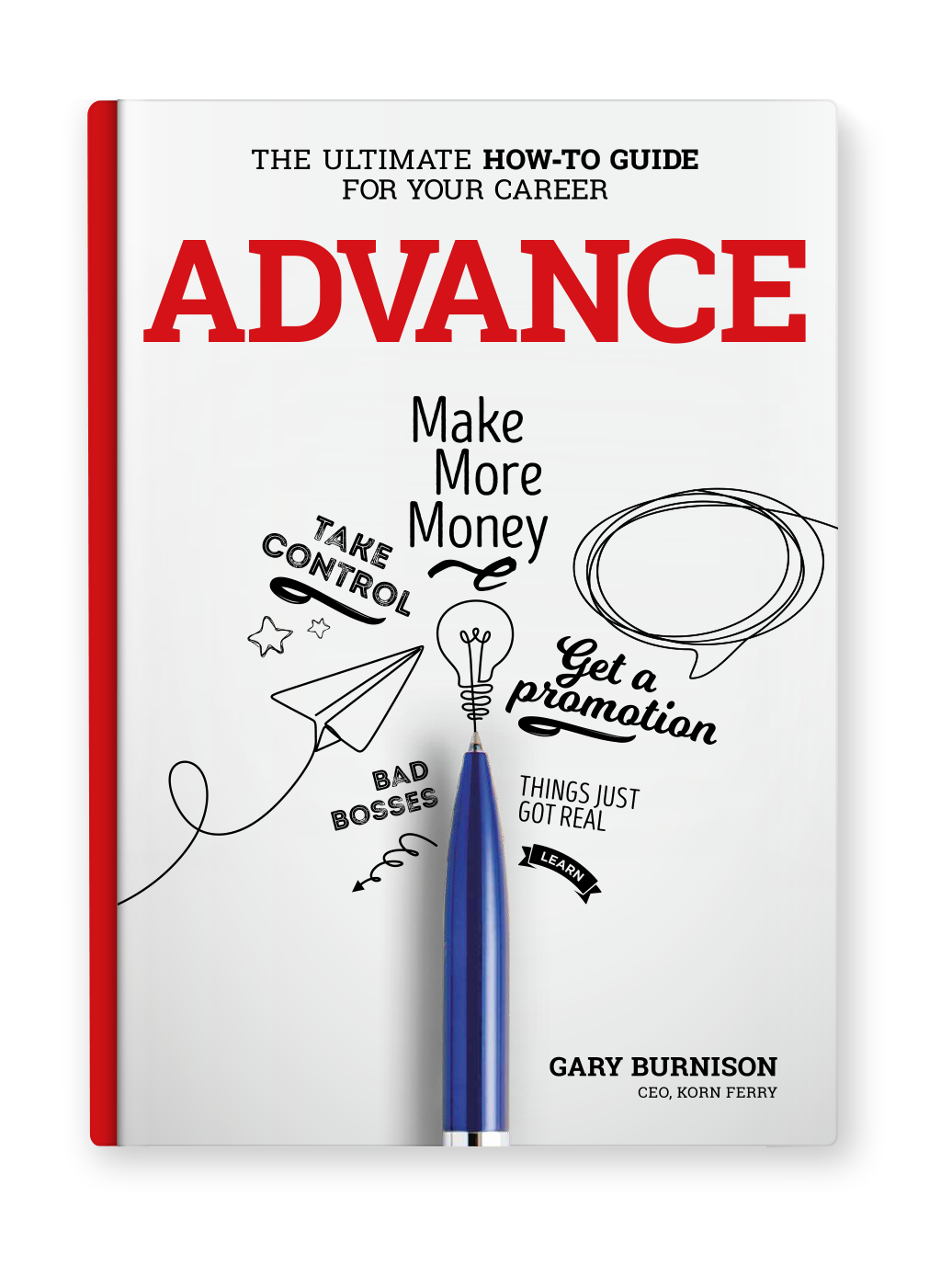Women on Deck
The percentage of female workers has hit a new high for the decade. Will job hunting change, too?

For most of a decade, the story has been the same: more men, less women in the workplace. But new data suggest the tide may turning at last at a time when women workers may need it most.
The share of women in the labor pool rose to 75.8%in the last quarter of 2018-the highest since 2010-up from a recent low of 73.8% three years earlier, according to federal data.In comparison, the shareof menin the workforcerose less than a percentage point to 89% over the sametimeperiod.
While symbolically important, such changes are too small to have many noticeable short-term impacts in the workplace. But as both men and women set their long-term career strategies, an evening of the playing field may affect everything from salary negotiations-potentially giving women a better shot at equal pay-to more adequate parental leave and child-care policies.
Indeed, experts say muchof that decline in women workers is tied to weak policies that forced women to stay home. But now, many of those women and single mothers are coming back as their children grow older. Here's some of the long-term possibilities to consider.
Parity in pay.
From the average professional's view, the discussion surrounding pay equality can seem daunting. After all, if you're not in a decision-making role about compensation, what can you do to try to make things better? The first thing: seek out information about your company's policies and plans regarding equal pay, either from your boss or from HR. "It's a legitimate question to ask," says Tom McMullen, a Korn Ferry senior client partner and a leader in the firm's Rewards and Benefits Solutions practice. "If five people, 10 people are asking how this stuff works, eventually HR will wake up to the fact that they need to figure out ways to communicate on the topic."
While some companies, such as Microsoft and Google have become more transparent about what workers make, the reality is most companies remain opaque on the particulars of pay. That, however, is likely to change. Millennials, who comprise the largest generation in the workforce, "have a much more transparent DNA than baby boomers," McMullen says. "It's a losing battle for HR if they try to keep things the way they are."
Revised recruiting practices.
For decades, the structure of recruiting methods-from networking (old boys' club) to job requirements (in the office from 9 to 5)-has been geared towards men, ultimately resulting in structural and unconscious bias built in to such practices. Female candidates who may ask about different working arrangements or an adjustment of hours to ensure they can pick up their children from school, for example, may be seen as a liability, bucking traditional office norms-and therefore viewed in a different light. "We still hear, ‘If you work hard, you could do well,'" says Shannon Hassler, a principal at Korn Ferry. "But that's not reality." As more females who may have less-traditional office hours enter the workforce or get promoted, though, hiring practices may evolve to meet the growing needs of a more diverse workforce.
Growing expectations of females in the C-Suite.
As women comprise more of the workforce, companies may expand their diversity goals-particularly at leadership levels. Of the companies on the Fortune 500 list right now, only 24 have female CEOs-a mere 6.4%. What's more, a Korn Ferry study on women CEOs found only 12% of them knew they wanted to be a CEO. If more women climb the rungs, expectations of what the composition of a C-Suite or boardroom should look like-and aspirations among females to reach those places-could change. And if you need proof that changing leadership is a good thing, consider this: having women at the C-Suite level significantly increases a company's net margins, according to the Peterson Institute for International Economics.
Of course, such advances won't be without struggles. Already, one unintended consequence of the #MeToo movement is that some male leaders are unsure how to help women promote their careers. According to a study from LeanIn.org, male managers are now three times as likely to say they're uncomfortable mentoring women. This, of course, can hamstring opportunities for leadership because having mentors, and more importantly, sponsors is critical for anyone who wants to climb into the seats of power.







